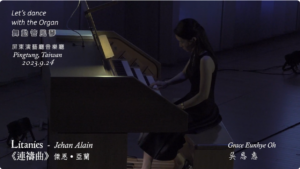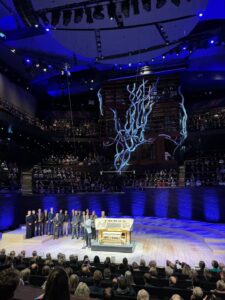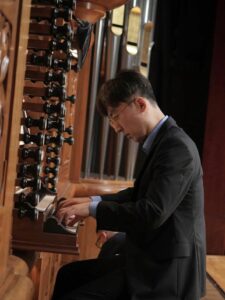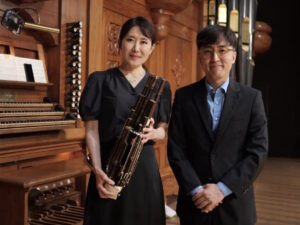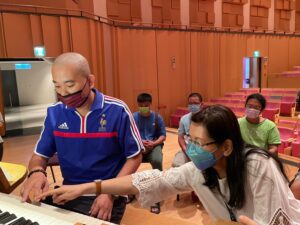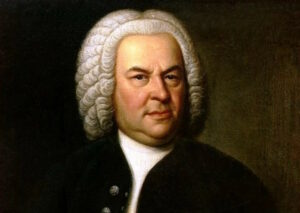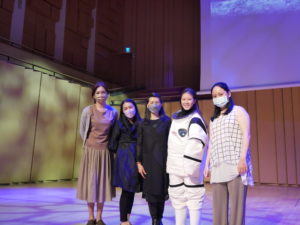
LUDGER LOHMANN – Pearls from Romantic Germany and Father Bach
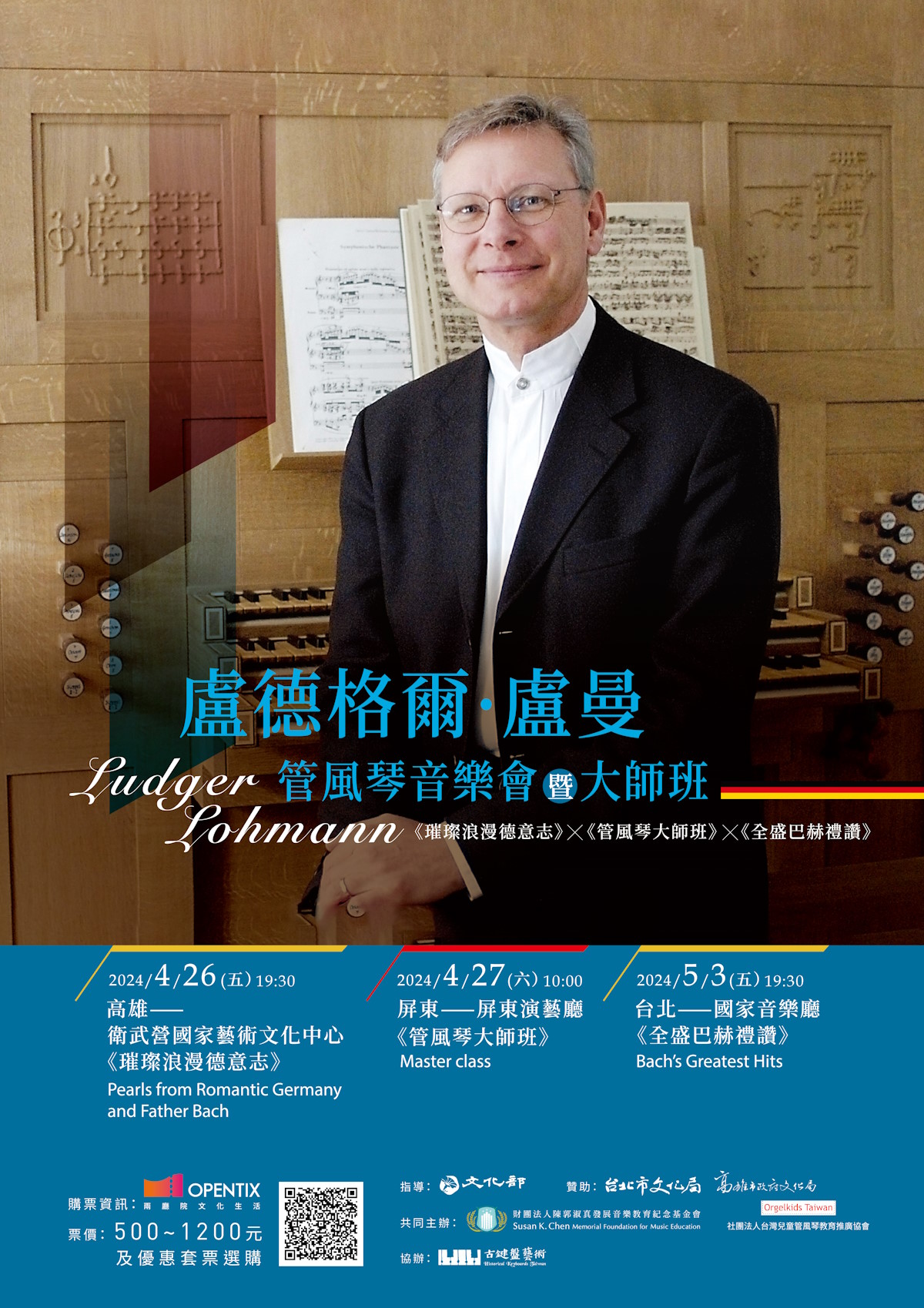
▍Taiwan-Kaohsiung, 26.4.2024 ▍
Johann Sebastian Bach
1685-1750
————-
Robert Schumann
1810-1856
————-
Richard Wagner
1813-1883
Franz Liszt
1811-1886
Prelude and Fugue G major BWV 541
Triosonata c minor BWV 526
(Vivace – Largo – Allegro)
from 6 Fugues on BACH op. 60:
nr. 2 Lebhaft
nr. 3 Mit sanften Stimmen
nr. 5 Lebhaft
nr. 6 Mäßig, nach und nach schneller
Pilgrims‘ Chorus (from the opera „Tannhäuser“)
Organ version by Franz Liszt
Fantasia and Fugue on the Chorale
„Ad nos, ad salutarem undam“
Both Prelude and Fugue in G major and the triosonatas testify to Bach’s study and application of the priniciples of Italian concerto style. BWV 541 was probably composed in Leipzig, though possibly only as a reworking of a piece of Bach’s Weimar period, when he devoted a lot of time to Italian concertos. The triosonatas are said to be composed for the organ lessons of Bach’s son Wilhelm Friedemann. The second, in c minor, has three very different movements, the first following typical concerto characteristics, the last displaying two contrasting thematic elements, treated in the technique of fugues.
While not trained as an organist Robert Schumann borrowed a pedal piano in 1845 in order to learn how to play the pedals, and in order to study some Bach works to deepen his abilities of polyphonic composition. The result of these studies were three sets of pieces for pedal piano or organ. In particular he studied Bach’s „Art of Fugue“: the last, unfinished fugue of this monumental collection ends with a part using Bach’s name letters (B = b flat / A / C / H = b natural) as its subject. This might have inspired Schumann to write his six fugues on the same subject. As a cycle they resemble a large symphony, in particular the four fugues performed today which display the characteristics of a typical 19th century symphony in four movements.
When Franz Liszt came to Weimar as director of the court orchestra in 1848 he got acquainted with some of the area’s organists; some younger organists became his piano and composition students. So he developed a keen interest in organ playing and organ music und started to compose for the organ himself. He also made some transcriptions, the most well-known being the version he made of (his later son-in-law) Richard Wagner’s famous Pilgrims’s Chorus from the opera „Tannhäuser“.
The first original organ piece he composed in 1850, the fantasia on „Ad nos“, was also his largest, and up to then by far the largest organ piece ever written. The melody comes from Giacomo Meyerbeer’s opera „Le Prophète“ where it is a kind of battle song of a Christian sect, the Anabaptists. While the title „Fantasia and Fugue“ refers to classical organ repertoire the piece in fact resembles Liszt’s orchestral „symphonic poems“ and also his great piano sonata. Three large sections, with an Adagio in the middle, blend into each other. The subject is presented in numerous tempi, rhythms, tonalities and characters; in fact it never appears exactly in the version from the opera.
▍Taiwan-Taipei, National Concert Hall, 3.5.2024 ▍
《Bach’s Greatest Hits》
Toccata d minor BWV 565
from the „18 Leipzig chorales“:
„Allein Gott in der Höh‘ sei Ehr‘“ – canto fermo nel tenore BWV 663
Concerto a minor after Vivaldi BWV 593
(Allegro – Adagio – Allegro)
from the „18 Leipzig chorales“:
„Allein Gott in der Höh‘ sei Ehr‘“ – canto fermo nel soprano BWV 662
Prelude and Fugue D major BWV 532
————
Passacaglia c minor BWV 582
Triosonata e minor BWV 528
(Adagio/Vivace – Andante – Un poco Allegro)
Toccata, Adagio and Fugue C major BWV 564
In the most famous of all organ pieces, composed when he was still very young (his authorship has been in doubt, according to a new theory his son Carl Philipp Emanual might be the author) Bach clearly shows the influence of the North German organ style of his models like his teacher Buxtehude, but also a predilection for dramatic harmonies. Particularly in the long fugue there are many passages with one voice only, possibly an attempt to bring material idiomatic to stringed instruments to the organ.
The so-called 18 Leipzig chorales, which were originally composed in Weimar and reworked during the last years of Bach’s life, are the quintessence of what Bach was famous for already during his lifetime: his ability of precisely and expressively responding to a text with his music. This correspondence is particularly evident in the two settings on „Allein Gott“, so that one can clearly connect them to specific verses of the chorale. In BWV 663 the basis is obviously the third verse which speaks about Christ carrying the guilt of humans, in BWV 662 it is the first verse, praising God the Father, to which Bach with his musical figures adds the aspect of God sending his son down to earth in order to die on the cross.
While court organist in Weimar Bach transcribed a rather large number of concerti by Vivaldi and other authors for the organ and the harpsichord, probably to please the young count Johann Ernst who was a great lover of this Italian orchestra repertoire. But Bach also used this work to study the Italian style which then influenced his own composition practice in an important way. BWV 593 is the most famous of these transcriptions, as well as one of the best-known Vivaldi concerti.
Prelude and Fugue in D major are one of the most famous pairs of this kind from Bach’s early Weimar period, notably because of its virtuosic treatment of the pedal, technically innovative in this radical form. The prelude consists of four sections, the central one being an extended Allabreve with dialogues between pedal and manual. The fugue shows Bach’s intention to demonstrate his ability to construct a fugue much longer than the examples of his predecessors like Buxtehude in spite of a subject which consists of very short and rather ordinary motivic figures, a real stroke of genius!
In a passacaglia a subject of 4 or 8 bars is constantly repeated, mostly in the bass, occasionally also in other voices. Bach composed his Passacaglia probably shortly after the death of his teacher Buxtehude’s death in 1707. The piece may be considered as a memento to his deceased teacher, as it not only contains a clear allusion to Buxtehude’s famous d minor Passacaglia (which is uniquely transmitted in the first manuscript source which contains Bach’s Passacaglia) but also a series of variations which almost constitutes a compendium of musical figures typically taught in composition treatises of the time. The first half of the subject comes from a Kyrie by André Raison, and only this first half is used as the fugue’s subject.
The six triosonatas are again testimony to Bach’s study and application of the priniciples of Italian concerto style; they are said to be composed for the organ lessons of Bach’s son Wilhelm Friedemann. The first movement of the fourth sonata is in fact a transcription of the opening movement of a cantata, there played by oboe d’amore and viola da gamba. The last movement treats a lively subject in fugal technique.
In his Weimar period Bach didn’t only study various European styles of composition (apart from Italian style also the French style) but also tried to bring some of them to a synthesis. In BWV 564 he brings together aspects of the Italian concerto with the earlier style of North German keyboard toccatas. The Italian influence is most visible in the unique presence of a slow middle movement, a typical solo line above a continuo accompaniment ending with a mysterious chordal passage resembling elevation toccatas of a hundred years earlier, but also in the overall form of the dancing, gigue-like fugue and of the main part of the Toccata which is opened by virtuosic manual and pedal solos which are more typical for North German keyboard style.
▍Performance and tickets ▍
National Kaohsiung Center for the Arts
Pingtung County Performing Arts Center
National Theater & Concert Hall

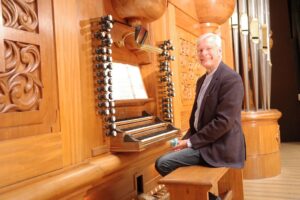
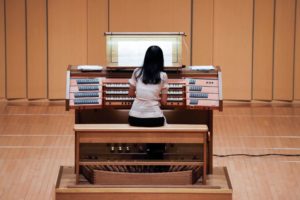
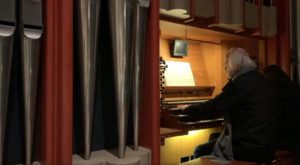
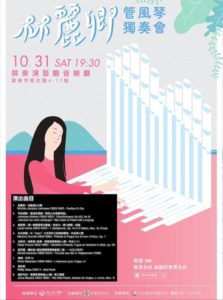

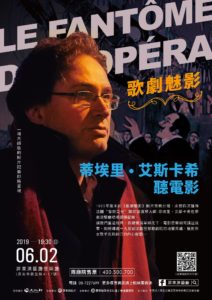
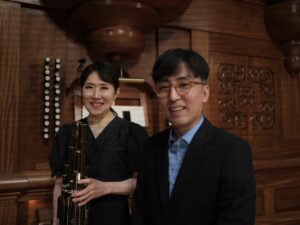
-300x300.jpg)
